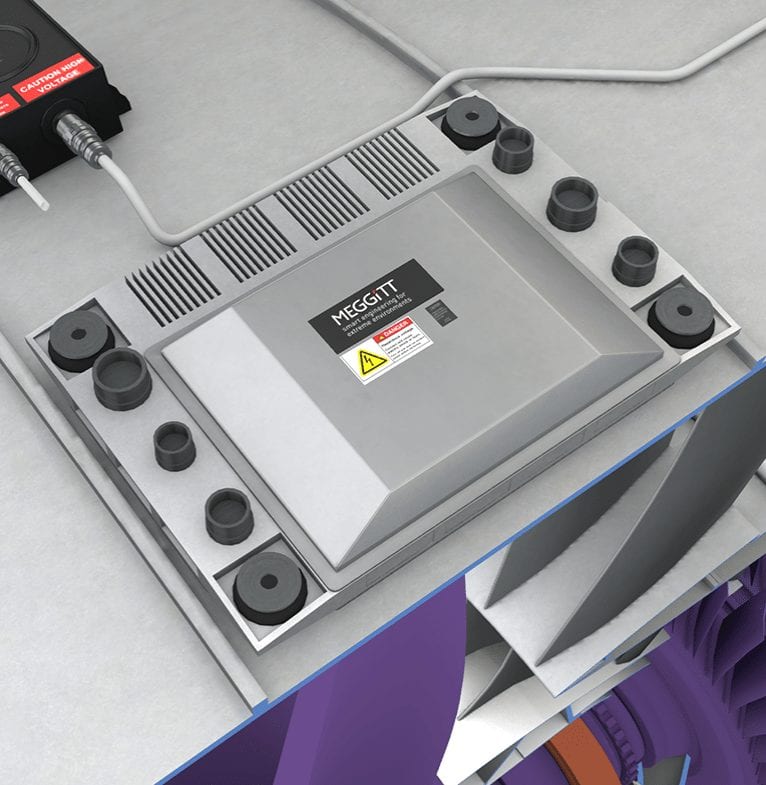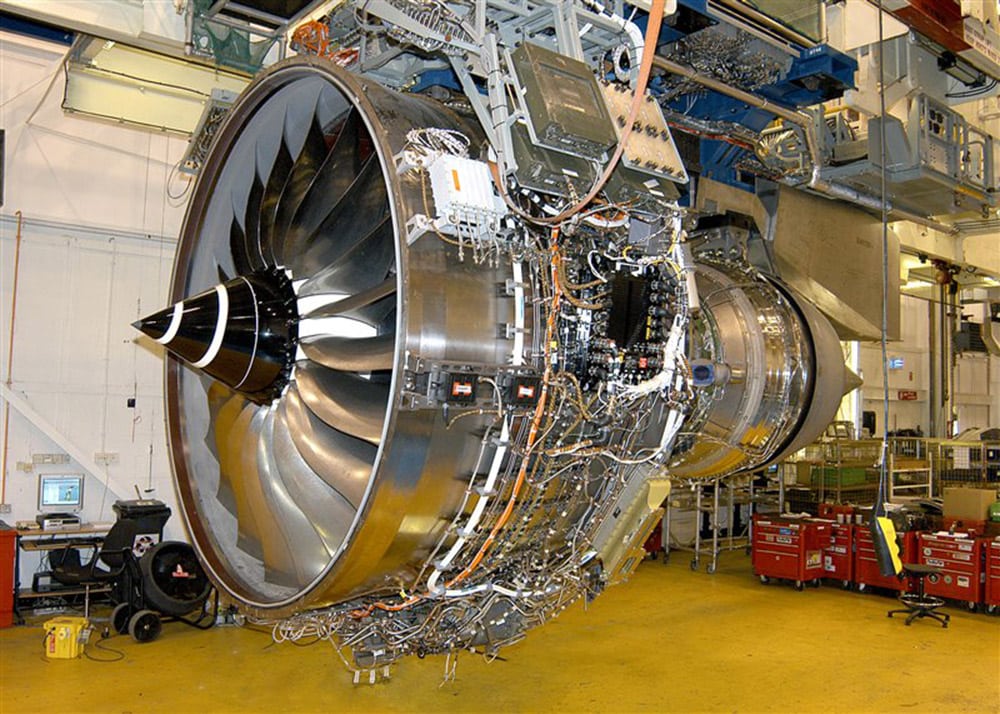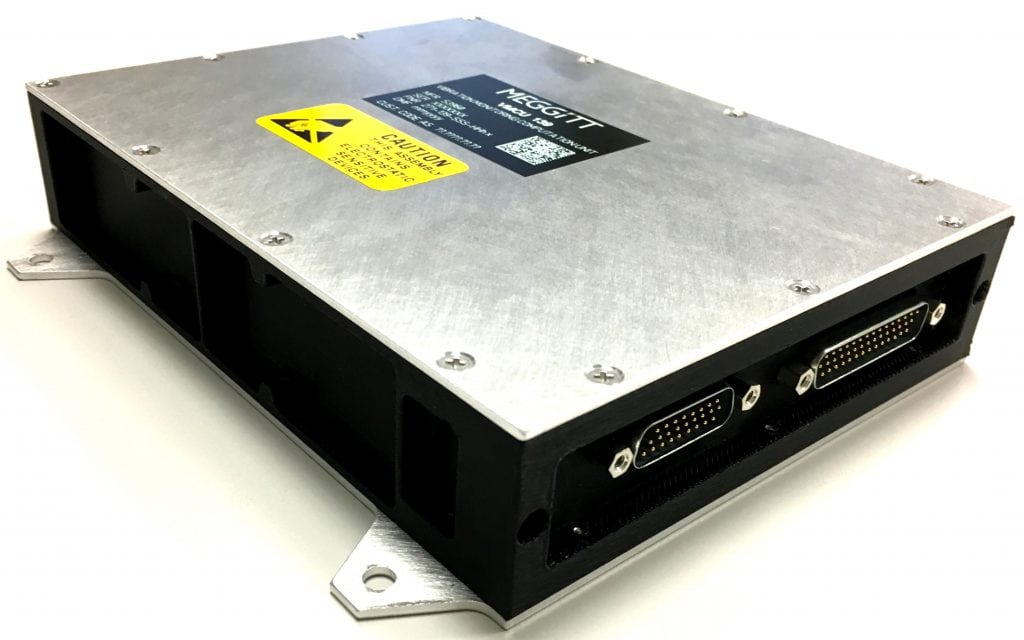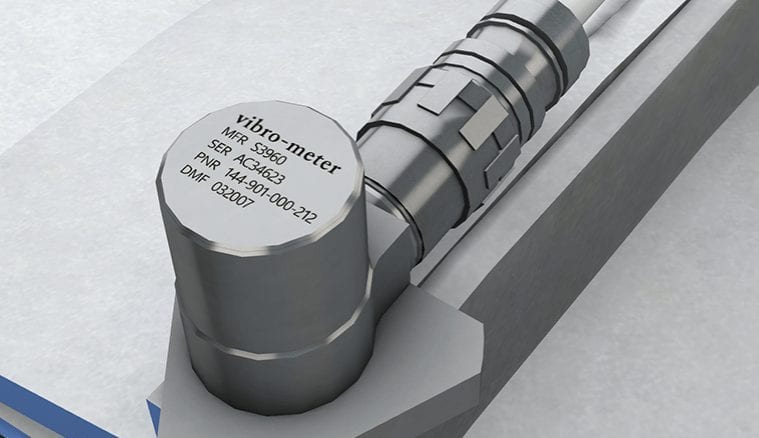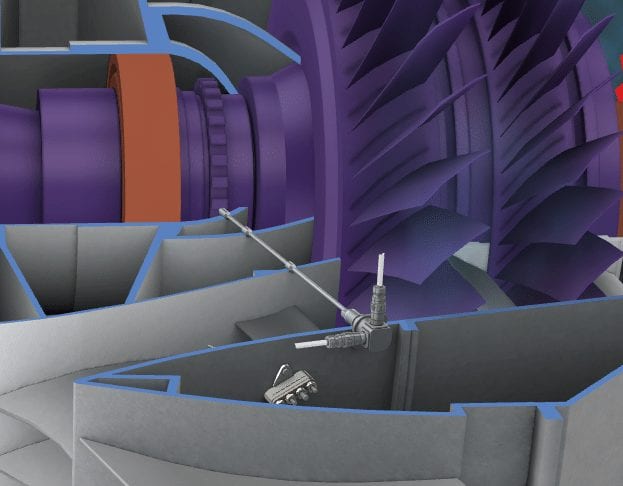Engine Health and Vibration Monitoring
Engine Health and Vibration Monitoring systems provide the data required to support condition-based maintenance and "power-by- the-hour" commercial frameworks. They can also tell the pilot or maintenance crew if the engine rotors are out of balance (a mandatory requirement for passenger-carrying jet-powered civil aircraft).

